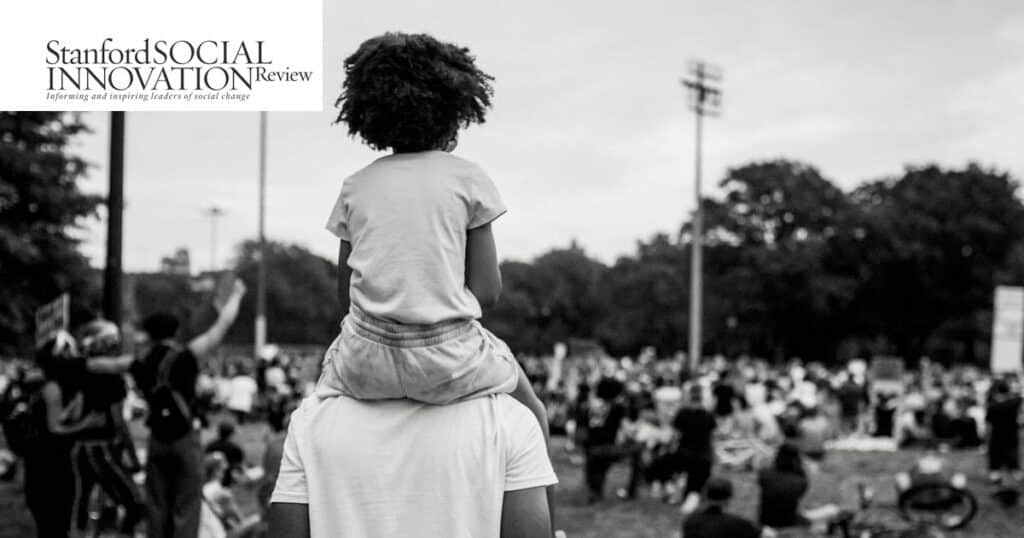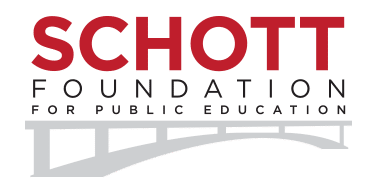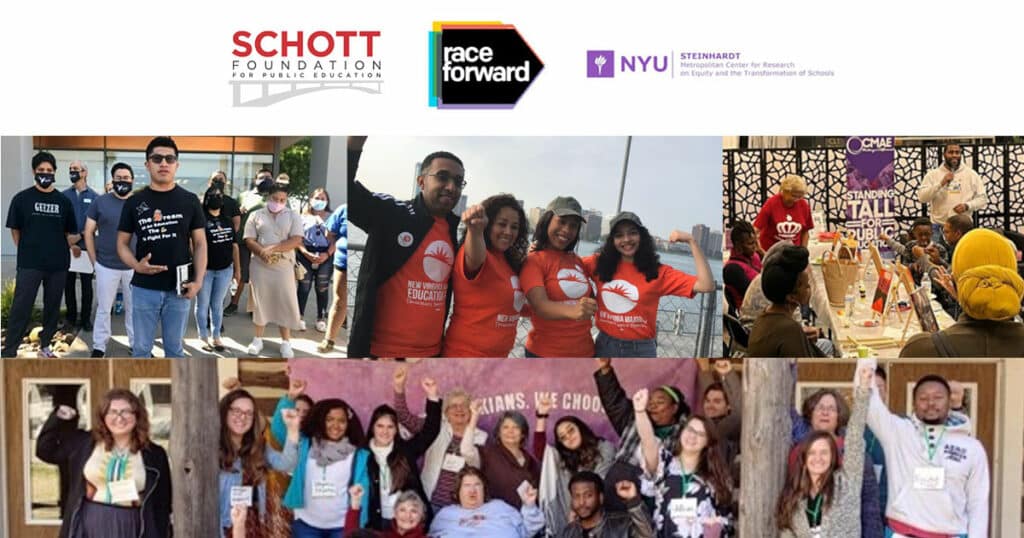News
New Data on Racial Justice Grants Should Alarm—and Motivate—Education Philanthropy

Originally published at Stanford Social Innovation Review.
There are moments when the grand, slow sweep of history is punctuated by changes that take us all by surprise. Like an earthquake is the sudden culmination of years of building tension, the dramatic shifts in America’s racial and education justice landscape over the last decade emerged from trends long preceding it. Four factors converged to create this moment of challenge and opportunity.
First, the American classroom has changed from a generation ago. Data from the National Center for Education Statistics tells us that as of 2021, public school students in the U.S. are now majority non-white, part of a trend stretching back decades.
Second, the education justice movement has changed as well. As the public school community has diversified, parents, young people, and educators have increased their demands for equitable funding, an end to discriminatory and punitive school discipline policies, and the wraparound services and supports needed to make the promise of quality education real for every child, regardless of their origin or identity, or neighborhood in which they grow up.
The larger racial justice movement, too, has changed over the past decade, reaching its most recent peak in the summer of 2020 after the police murders of George Floyd and Breonna Taylor. Institutions large and small have shifted their rhetoric, and to a lesser extent, their practices, in response to their members, customers, donors, and constituents.
The fourth factor is a backlash to the first three, in a pattern that extends back to the Reconstruction Era in the 19th century. Advances in racial justice are being met with harsh reaction from the radical right. Books have been banned, curriculums whitewashed, educators constrained or silenced, and the ability of both advocacy and service organizations to address racial inequity has been seriously challenged in the courts. Critical anchors of a multi-racial democracy, from the classroom to the ballot box, have come under sustained attack.
How Has Education Philanthropy Responded?
Grantmakers for Education’s surveys of education philanthropy’s priorities over the past decade find a steady concern with advancing education equity, targeting funding to low-income populations, racial or ethnic minorities, people who identify as LGBTQ, immigrants and refugees, women and girls, and people with disabilities. However, an explicit focus on racial equity is more recent in the field. This is important context as we ask how we are, or are not, meeting this moment of convergence.
Just as press releases and surveys can show us intent, foundations’ actions can best be measured by our checkbooks. For the past four years, the Schott Foundation for Public Education has worked with Candid to measure the grantmaking priorities of those in K-12 education philanthropy. Using Candid’s database, Schott’s Justice Is The Foundation reports measure how many grant dollars the sector gives to racial equity and racial justice work.
Racial equity as categorized by Candid data collection refers to grants designed to close the achievement gap that persists between racial groups. Racial justice grants, a subset of racial equity grants, focus explicitly on empowering people closest to the problem (students, families, school staff, and community) organizing in their communities to change the systems and structures that generate and reinforce racial inequity.
The latest Justice Is the Foundation data, covering grants made from 2019-2021, was released last month. It paints a stark picture.
Between 2019 and 2021, racial equity grants were $2.7 billion, just 14 percent of the $18.9 billion granted by K-12 funders over that period. Racial justice, the very category of funding that aims for the highest level of transformation, were a vanishingly small slice of the pie at $62 million, or 0.3 percent. If there was a racial justice reckoning in 2020, K-12 education philanthropy as a sector was slow to act upon it.
Furthermore, these findings raise serious concerns over not just the amount of funding, but where those dollars are going. Despite the fact that a large plurality of students of color in the U.S., 43 percent, can be found in Southern states, the region received comparatively few grant dollars: only 25 percent of racial equity and 14 percent of racial justice funding.
Most alarming of all, after the myriad funder press releases and pledges, both racial equity and racial justice grantmaking dropped significantly between 2018 and 2021. Will subsequent increases show up in future editions of the report? It’s possible. Yet the fact that, even in the midst of a tidal wave of public support for racial justice, we as a sector retreated instead of advancing suggests serious structural problems that we as funders must address head-on. Those structural problems can range from institutional decision-making to sector-wide questions of where endowment wealth is most concentrated. There is no one coming from outside to change our strategic priorities, revamp our organizational cultures, or convince our boards.
The bad news? It’s up to us. The good news? It’s up to us.
How Funders Can Take the Next Step
As racism is a system, our efforts for racial justice must be systematic. Our approach must be methodical and comprehensive. What does that mean for funders in practice? For starters, it means there is no singular solution: Effort is needed from us all, regardless of our budget size or program areas. It also means that we can’t do our part in isolation. We must be in communication, collaboration, and mutual support to ensure we’re making progress, improving our practice, and holding ourselves and each other accountable for what we pledge. Here are some starting points.
Transform analysis. Use the dual lenses of racial equity and justice to critically examine grantmaking portfolios: what’s being funded, where, and why? Clarify the goals and expectations for these grants in the context of our focus areas. Educate ourselves on racial justice movements that intersect with other focus areas like housing, food security, or climate justice, for example. Learn who the key local grassroots leaders are and the solutions they are advancing. Seek out other grantmakers, program officers, and advisors from whom we can learn and grow.
Transform grantmaking strategy. Sometimes racial equity and racial justice grantmaking is best introduced by starting small, but don’t forget to scale up. Seeing the work of those grantees up close will give you no shortage of reminders. For those organizations hesitant to directly fund small or grassroots organizations, connect with intermediaries, who both know the terrain intimately and can manage and process large grants to ensure they reach groups on the front lines. Commit to trust-based philanthropy, ease reporting burdens, and lengthen grant cycles: Give grantees the leeway to do the work as they see fit. For those ready to take the next step beyond that, begin to endow the racial justice organizations in your portfolio.
Transform organizational practices. Hire staff with direct experience in racial equity and justice work and empower them to act. Convene informed community advisors as a pole of grassroots voice within the organization that you can rely on through changes in strategic plans, board and staff education, and self-evaluation.
Education funders know that in ways both large and small, the schoolhouse sits at the intersection of some of the most pressing issues of our day: housing, fair wages, access to mental and health care, environmental justice, voting rights, and more. The way we make grants today will have far-reaching effects across time and geography. If we want our grantee partners to make transformative change, it seems only right that we do as well.
When Rev. Dr. Martin Luther King, Jr. said that the arc of the moral universe bends toward justice, it was not a reassurance: It was a call to action. Let’s distribute and scale our resources to support those bending that arc toward the equity and justice that our children and families deserve.


